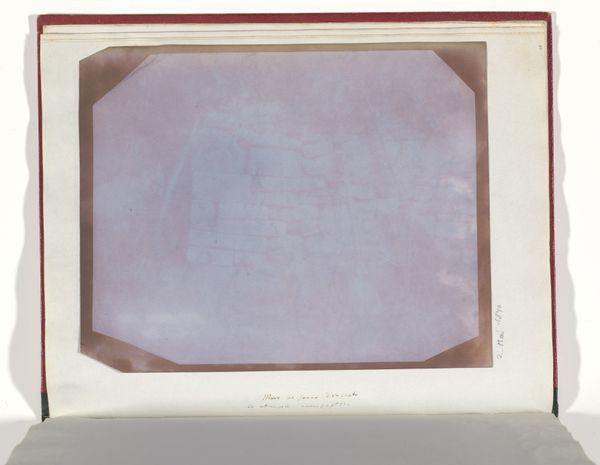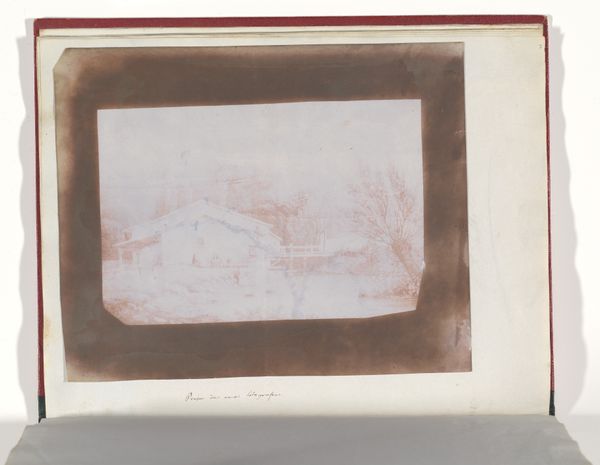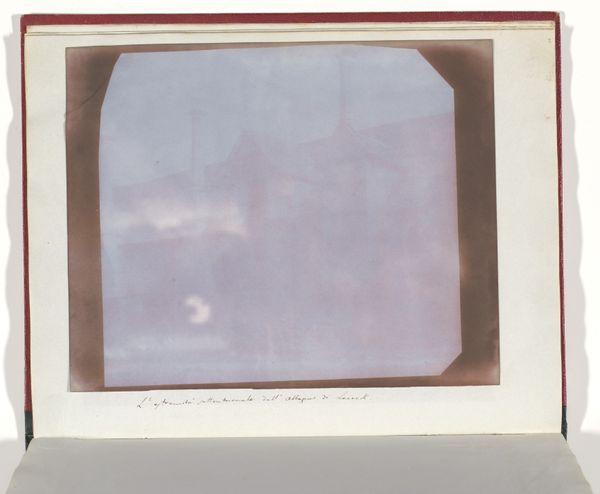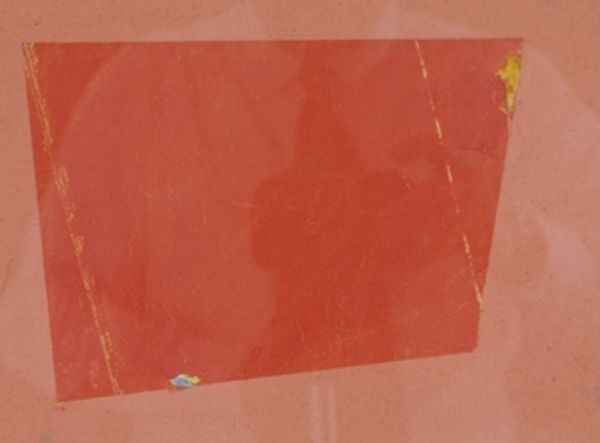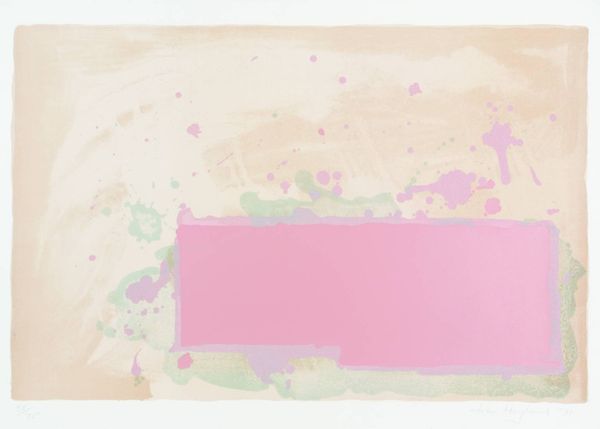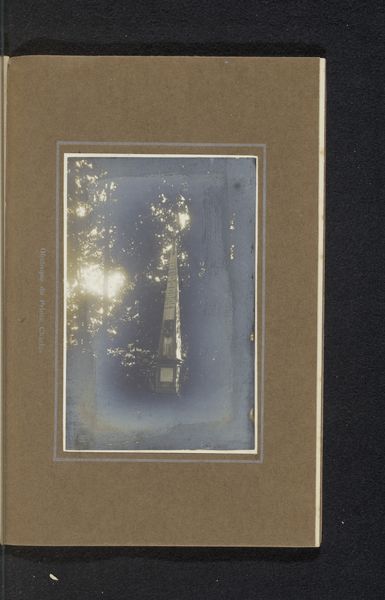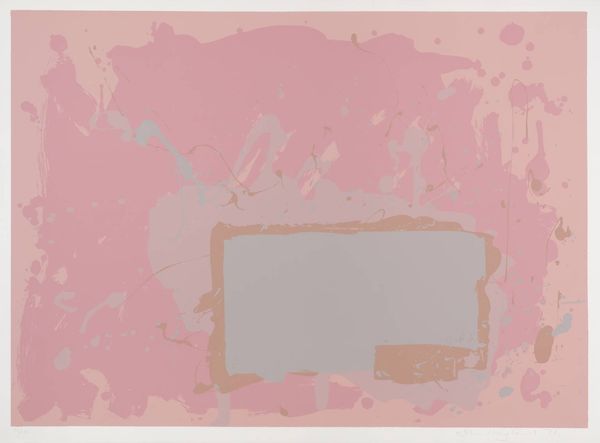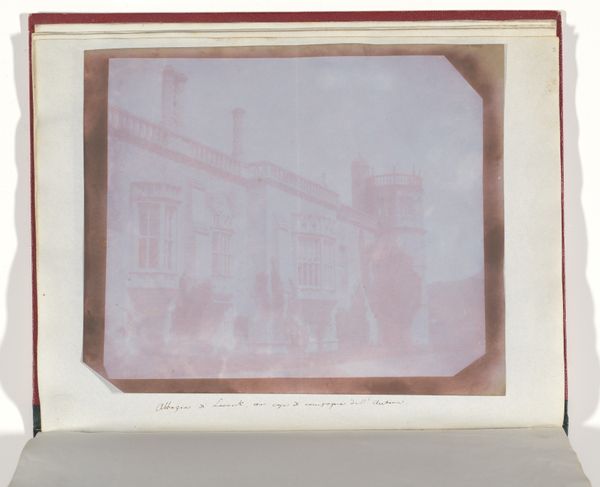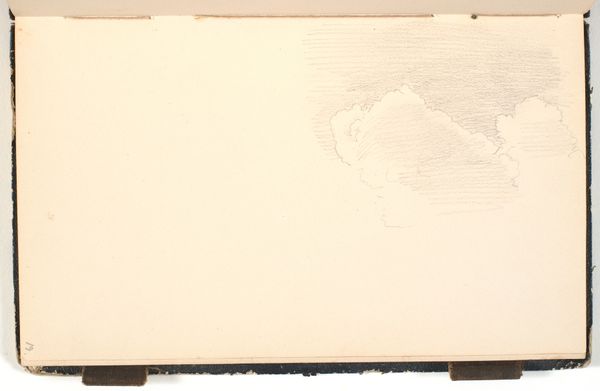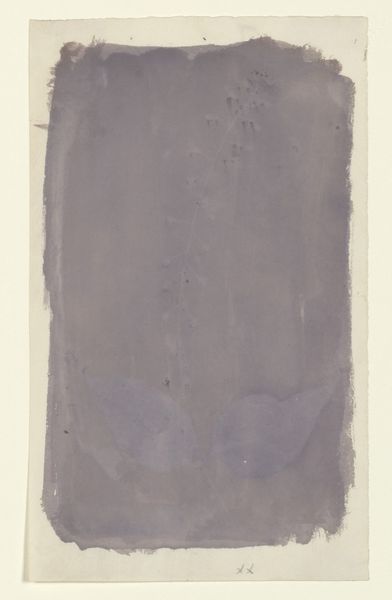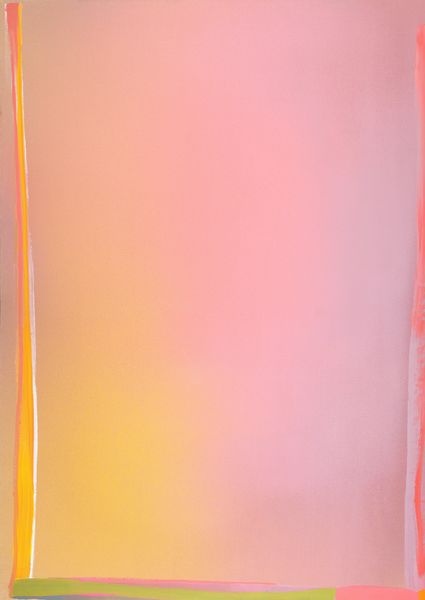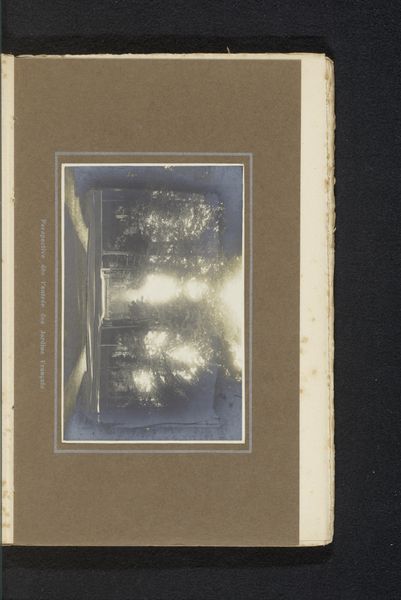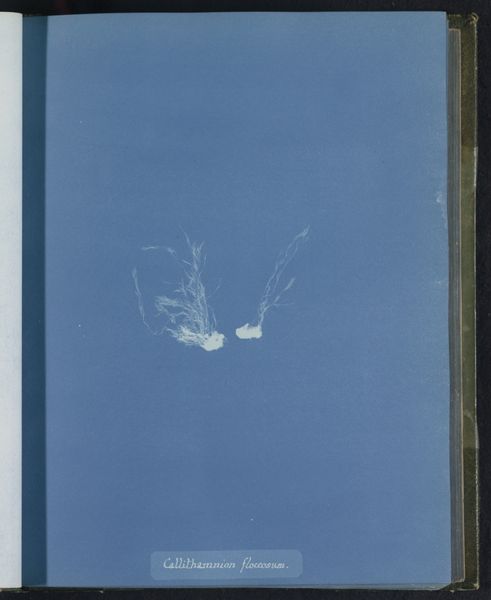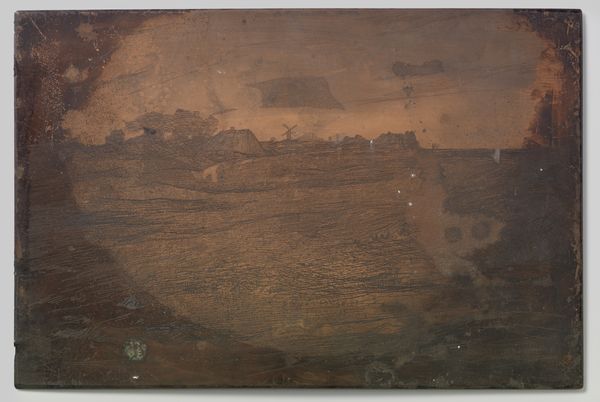
photography, gelatin-silver-print
#
water colours
#
muted colour palette
#
landscape
#
photography
#
romanticism
#
gelatin-silver-print
#
modernism
#
watercolor
Dimensions: Image: 16 x 21.1 cm (6 5/16 x 8 5/16 in.) Sheet: 17.8 x 22.6 cm (7 x 8 7/8 in.)
Copyright: Public Domain
Editor: Here we have William Henry Fox Talbot’s "Vue prise á Lacock Abbey," made around 1840. It's a gelatin-silver print. I find the image strikingly subtle, almost dreamlike. What stands out to you most? Curator: What I find compelling is how this early photographic print highlights the labor and the material constraints of its time. The imperfections, the limited tonal range, the evident process of development—they speak volumes about the burgeoning intersection of art and industry. Consider the shift from handmade landscapes to mechanically reproduced ones; this represents a significant shift in art production and accessibility. Editor: So, you’re focusing on how the image was made, the process of its creation, rather than just the subject matter itself? Curator: Precisely. Look closely; the hazy quality isn't a stylistic choice in the modern sense, but a direct result of the photographic chemistry available at the time, and also its limitations, as well as labour invested. Each print would require meticulous hand adjustments in a dark room. How does the act of taking, developing, and preserving a photograph democratize or complicate the creation and consumption of art? Editor: That’s interesting! It really challenges this romantic view I initially had, thinking of the artist in the landscape. This was a product, developed in some sort of laboratory! Curator: And the material fragility reminds us of its status as both an art object and a scientific artifact. Talbot wasn't just composing pretty scenes; he was experimenting with capturing the world through technology. This in itself challenges the distinction between ‘high art’ and the tools that make them, and between photography and art. Editor: I never thought about it like that. So, appreciating the “how” is as important as the “what.” Thanks, that gives me a whole new perspective! Curator: Indeed. And by understanding the materiality and the labour involved, we gain a deeper appreciation for not just this specific image, but also the broader evolution of art and its relationship to industrial and social progress.
Comments
No comments
Be the first to comment and join the conversation on the ultimate creative platform.
